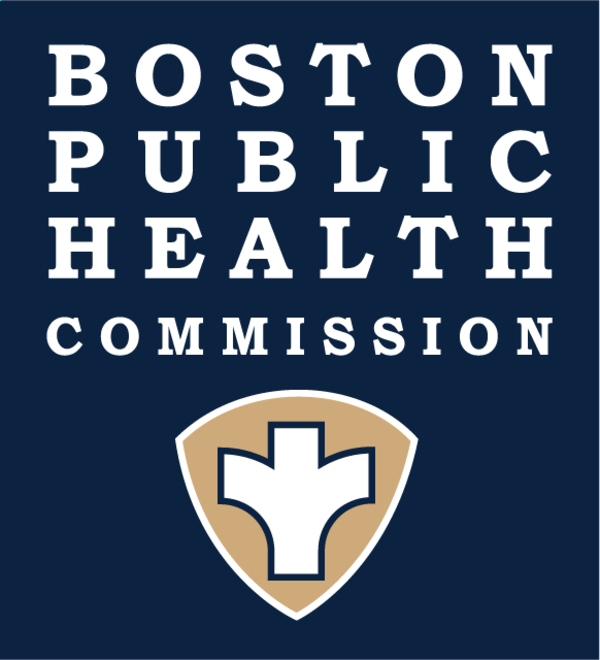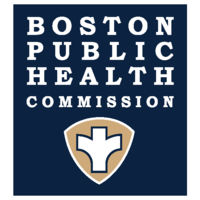Head Lice
This fact sheet answers frequently asked questions about head lice.
Adult head lice, the size of a sesame seed, are tiny, six-legged, grey bugs. They cannot jump, hop or fly, but they do crawl fast. They live in human hair and bite the scalp to feed on blood. Lice will usually cause a person’s head to itch and could cause a rash. Head lice do not carry or spread disease.
The basics
What are head lice?
Lice lay their eggs, called nits, in human hair. The eggs are oval and yellow to white. They attach themselves to the hair shaft and look similar to dandruff but you cannot shake them off. After about 1 week, the eggs will hatch into lice.
Nymphs are baby lice. They are similar to adult lice, but smaller.
Who gets head lice?
Anyone can get lice despite good health habits or frequent hair washing. Head lice are common among children age 3-10 years old and their families. Dogs, cats, and other pets do not get or transmit lice.
How do head lice spread?
Head lice in children attending childcare or school is common in the United States. Head lice spread quickly from direct head-to-head contact with a person who has lice. Lice can also spread when a person uses items such as a comb, brush, pillow, hat, or scarf of a person who has lice.
How long can lice live away from the body?
Head lice cannot live for more than 24-48 hours off the body without a blood meal.
Where are head lice commonly found?
Head lice are commonly found on the scalp, behind the ears, and at the back of the neck.
Symptoms
What are the signs and symptoms of head lice?
Typically, a person may feel a funny sensation of something moving in their hair. Usually the scalp becomes extremely itchy due to an allergic reaction to the bite.
Treatment
How can I stop lice?
There are several anti-lice shampoos and rinses commonly used to treat lice. If you are not sure what head lice treatment to use, ask your pharmacist or health care provider. Some require a doctor’s prescription and others are available over the counter.
Anti-lice shampoo
Follow the package directions and do not use more than directed. These treatments kill lice but may not kill all nits. You may need follow up treatment 7-10 days later.
Ideas to help remove nits
Removing nits can be a long process. After using the anti-lice treatment, remove nits using a fine tooth comb or pull out nits individually using your fingernails. Continue to check every few days for 2 weeks and remove nits with a fine tooth comb until gone.
Cleaning the home
It is important to vacuum carpets, rugs, furniture, and car seats. Throw out vacuum bags when done. Wash all clothes, bedding, and other items that came in contact with the infested person within the past 48. Wash in hot water and then placed in the dryer on a hot cycle. Items, including stuffed animals, that are not placed into the laundry should be vacuumed and sealed in plastic bags for 10 days. Soak all combs and brushes used by a person with lice in anti-lice shampoo or hot water (above 130° F).
Contagiousness
Check everyone’s head in the home for lice. If lice or nits are visible, begin treatment with anti-lice shampoo. If in doubt, have the person checked by a health care provider. Tell others so that they can also get treatment if they get lice. Remind your child not to share combs and hats.



